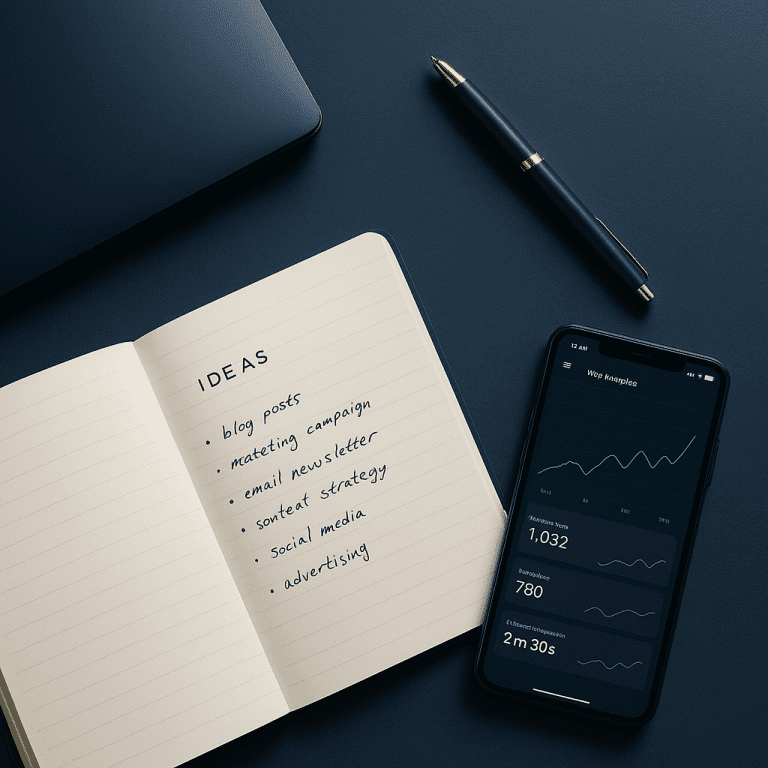Startups often face intense competition and limited resources, which makes understanding and effectively targeting customers essential for growth. One powerful way they can do this is through behavioral segmentation. This technique helps startups organize customers into groups based on their actions, such as purchasing habits, website visits, and product usage. By doing this, startups can make smarter marketing decisions and offer more personalized experiences that boost engagement and revenue.
What Is Behavioral Segmentation?
Behavioral segmentation is a marketing strategy that divides customers into groups based on their behavior, not just their age, location, or income. These behaviors include how often people visit a website, what products they buy, how long they use an app, and how they respond to emails or ads.
Unlike traditional demographic segmentation, behavioral segmentation focuses on what a customer actually does rather than who they are. This makes it easier for startups to see what matters most to different customers and tailor their marketing strategies accordingly.
Key Types of Customer Behavior
- Purchase Behavior: Tracks how and when customers make buying decisions.
- User Journey Stage: Identifies whether a user is new, researching, ready to buy, or coming back.
- Product Usage: Measures how often someone uses a product or service and which features they use most.
- Engagement Behavior: Looks at how clients interact with websites, emails, or social media.
These types of behaviors give startups essential clues for creating advertising and communication that actually speaks to what the customer wants and needs at any given time.
Why Behavioral Segmentation Works for Startups
Startups can quickly adapt and move faster than large corporations. That makes behavioral segmentation an ideal strategy. By focusing on actual user data, startups can:
- Offer more personalized user experiences
- Increase conversion rates by targeting the right people at the right time
- Retain more customers by staying relevant to their needs
- Use data to make smarter product development decisions
For example, if a startup sees that new users tend to drop off after three days, they can create a better onboarding process or send helpful emails to keep users engaged.
Case Studies of Success
Many startups have successfully used behavioral segmentation to grow their user base and revenue. One example is a fitness app that grouped users based on activity levels. For more active users, they sent tips on pushing limits and tracking performance. For less active users, they offered encouragement and beginner tutorials. This approach led to a 40% increase in app engagement.
Another example is a subscription box startup. They noticed users who clicked on more product pages were less likely to subscribe. By sending customized emails offering first-month discounts based on browsing habits, they boosted sign-ups by 25%.
Tools and Technologies That Help
Modern technology makes behavioral segmentation easier than ever. Startups can use platforms like Google Analytics, Mixpanel, or Hotjar to track digital behavior. These tools show where users come from, what they do on the site, and where they leave.
Once data is collected, tools like HubSpot, Mailchimp, or Klaviyo can send targeted emails based on behaviors. For example, a user who abandons a shopping cart can get a helpful reminder with a discount. These tools also allow A/B testing to see which messages work best.
Other advanced tools use artificial intelligence to predict future behavior. For example, AI can alert the company when specific users are likely to unsubscribe, giving them time to respond with personalized offers.
Steps to Start Using Behavioral Segmentation
To begin, startups should follow these key steps:
- Set Clear Goals: Decide what behavior you want to focus on, such as sign-ups, purchases, or engagement.
- Collect Data: Use tools to gather information about how users interact with your brand.
- Segment Your Audience: Group users based on their behavior—like frequent buyers, new visitors, or inactive users.
- Create Targeted Campaigns: Craft messages that speak directly to each segment.
- Measure and Improve: Use analytics to see what’s working and adjust your approach over time.
Following these steps ensures that startups make the most out of every customer interaction, turning basic actions into meaningful insights.
Conclusion: Driving Long-Term Growth
Behavioral segmentation gives startups an edge in understanding and serving their customers. By focusing on what users do instead of just who they are, startups can create personalized experiences that lead to stronger relationships and sustained growth. With the right tools and a clear plan, any startup can turn behavior into opportunity—boosting engagement, increasing conversions, and achieving success faster than ever before.
Share this content:




